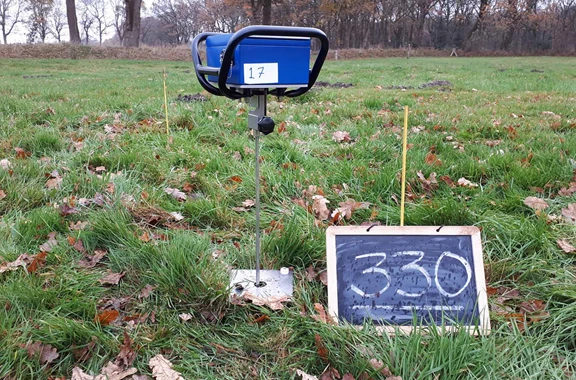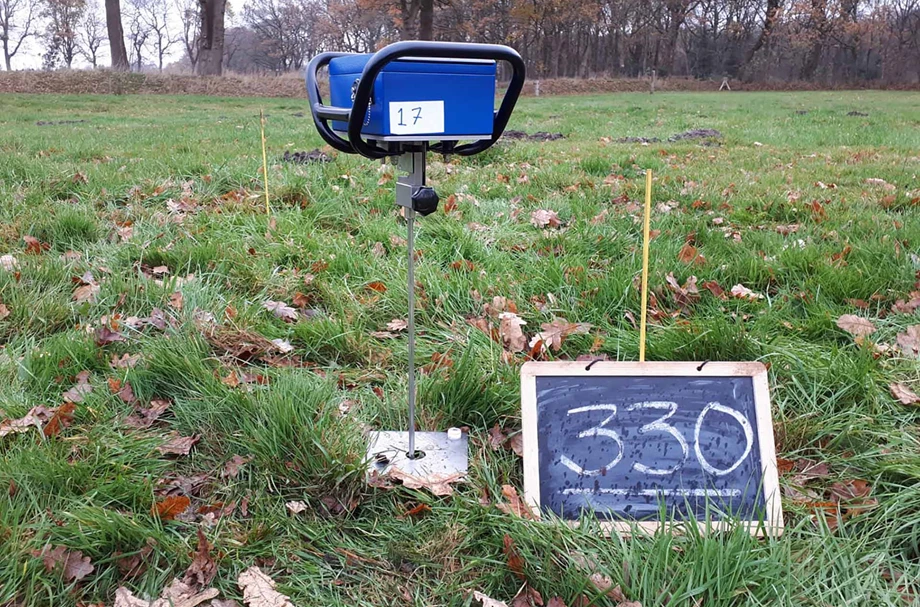


During a large-scale research project in the 1990s, Wageningen University & Research (WUR) investigated the presence of organic matter in the Dutch soil. Soil samples were taken at no fewer than 1,400 locations. At the end of 2018, a follow-up research was conducted and the 1,400 locations were visited again. This time, in addition to measuring the organic matter, also the penetration resistance was measured. The penetration resistance can provide insight into compaction. It is already known that soil compaction plays a role in agriculture, because of its active tillage. This research will also provide insight into compaction as it occurs under natural circumstances.
'It was a unique opportunity to carry out penetration resistance measurements parallel to the research into the presence of organic matter in the Dutch soil', says Willy de Groot, Soil Researcher at WUR. 'However, we soon discovered that, with the available capacity and time, we would not be able to carry out nearly as many measurements as we had expected. That is when we sought the assistance of Eurofins. They have extensive experience in analysing and determining soil quality.'
Eurofins has a lot of experience with soil measurements, but less experience with measuring penetration resistance. 'That is why we organized several training days. The 35 Eurofins employees were divided into groups and were taught how to use the Penetrologger from Royal Eijkelkamp. This included detailed discussion of the embedded software. In addition, the technique of working with the Penetrologger was explained: keep the pin straight above the hole, hold it still and be precise. Then there was a practical session in which the equipment was used in the field.'
The Penetrologger is a standard choice when it comes to compaction research

Now, the measurements are in full swing. The WUR provides the address details of the measurement locations and arranges any necessary permits. Eurofins coordinates the rest of the process. 'There is some doubt as to whether we will actually end up with 1,400 measurements. That might be because some people will not give permission to perform a measurement on their property, and because some locations that were still farmland in the 1990s have since been built on. I expect we will end up with about 1,200 readings', says de Groot.
'Once all the locations have been visited, we will start processing the data. It is a huge data set, so that will be a big job', says Paul Gerritsen, researcher with Plant Research International at WUR. 'We want to filter out a few key figures for each measurement location, such as the depth at which we the penetration resistance was highest, the measured depth and the maximum depth. This ultimately produces a median curve per location. We then use that curve to examine the relationship between the key figures and the compaction. From this, we can conclude where in the Netherlands the densification is greatest and where is the biggest concern.'

Need advice choosing the right product for your application? Our specialist Sandra is happy to help.